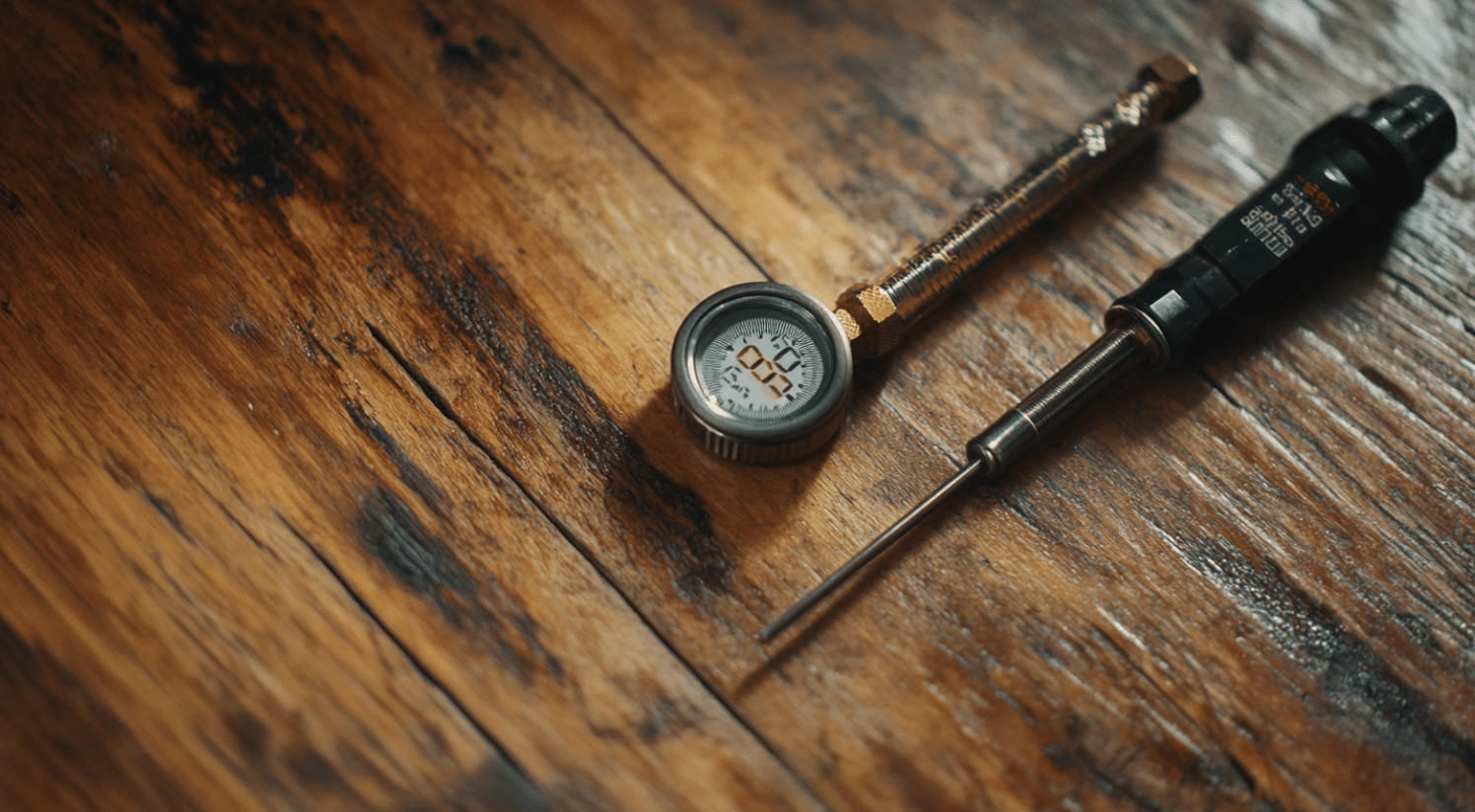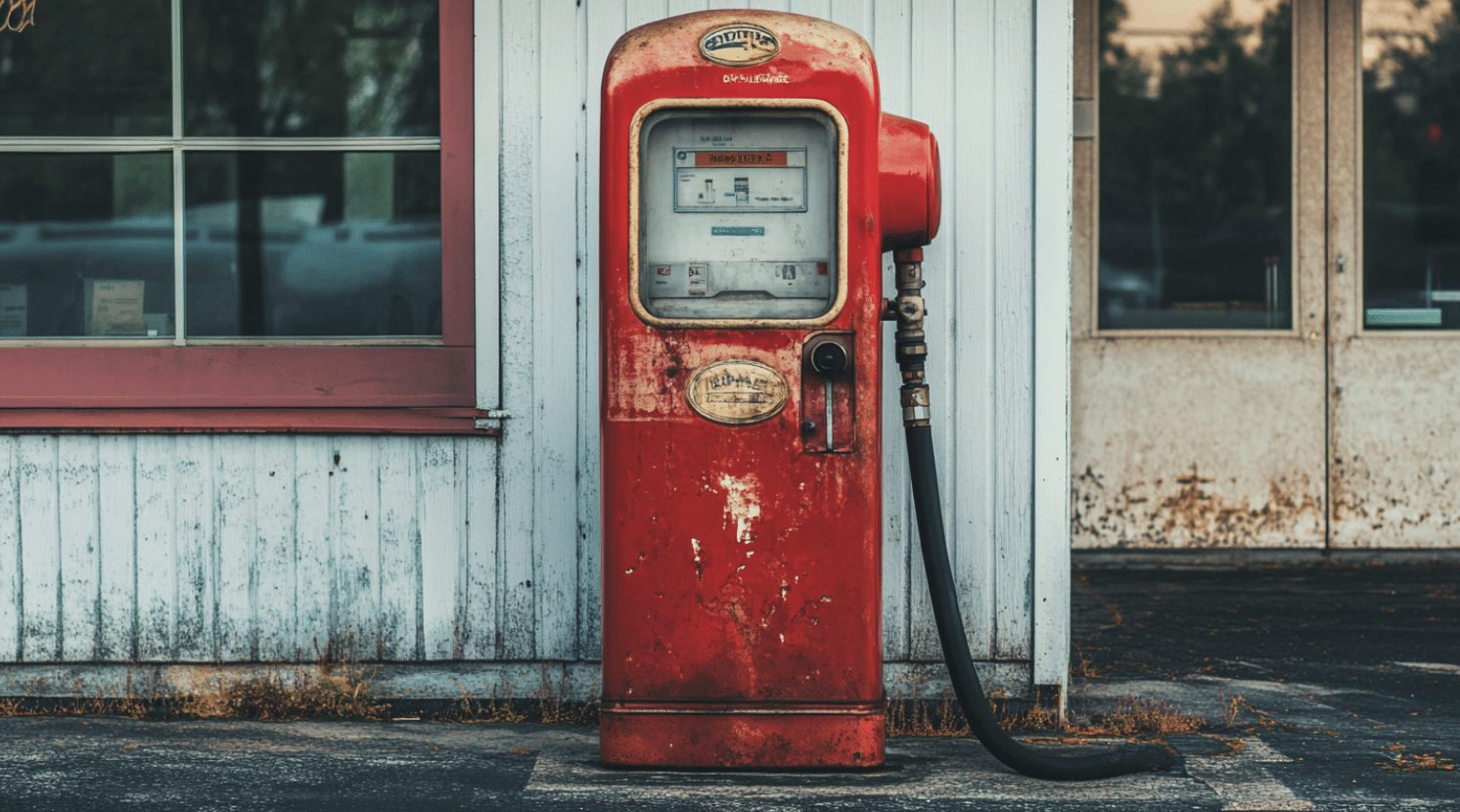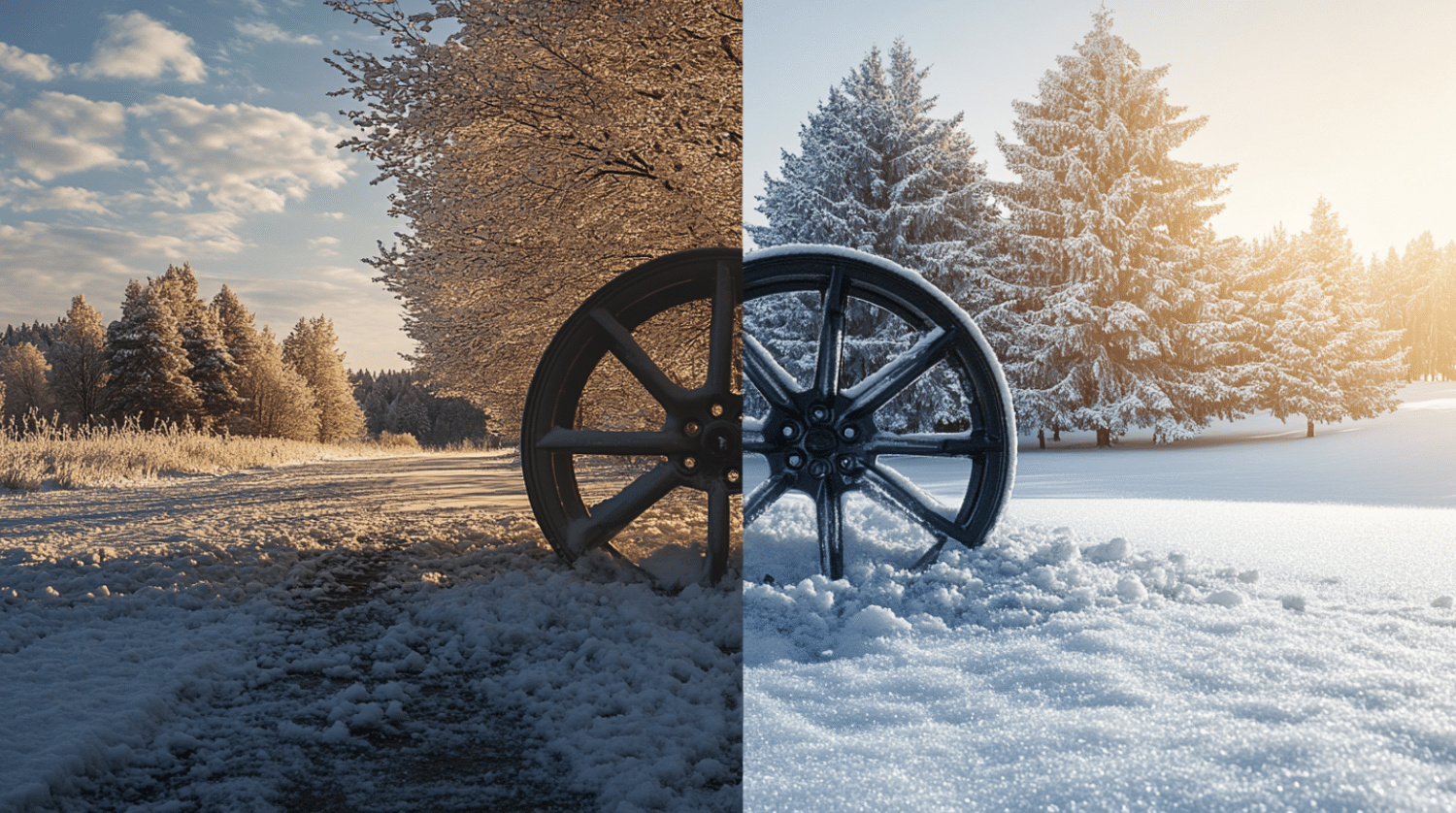Imagine driving down the highway when suddenly your car starts pulling to one side. You might be dealing with low tire pressure. But what tire pressure is too low? This common issue can lead to decreased fuel efficiency, uneven wear, and even dangerous blowouts.
Many drivers overlook the importance of proper tire inflation, risking their safety and vehicle performance. Fortunately, checking and adjusting tire pressure is a simple task that anyone can master with the right knowledge and tools.
This guide will walk you through the process step-by-step, helping you maintain optimal tire pressure for a smoother, safer ride.
By understanding what tire pressure is too low and how to address it, you’ll be empowered to take control of your vehicle’s maintenance and extend the life of your tires.
When to Check Tire Pressure?
Checking tire pressure at the right time is crucial for accurate reading. The best time to check is when the tires are “cold,” meaning they haven’t been driven for at least three hours. Ideally, perform this task before the day’s first drive in the morning.
Why is this timing important? As you drive, tires heat up due to friction, causing the air inside to expand. This expansion can lead to higher pressure readings that don’t reflect the true cold inflation pressure. By checking in the morning or after the vehicle has been stationary for a few hours, you’ll get a more accurate baseline of what tire pressure is too low or too high.
Remember, temperature changes can affect tire pressure. For every 10°F shift in temperature, tire pressure can fluctuate by about 1 PSI. This makes regular checks especially important as seasons change.
How To Check Tire Pressure?
Required Tools

You’ll need a reliable tire pressure gauge to check your tire pressure accurately. There are two main types to choose from:
Digital gauges: These provide an easy-to-read digital display of the tire pressure. They’re often more accurate and easier to use, especially in low-light conditions.
Stick gauges: These traditional gauges are simple, affordable, and don’t require batteries. They use a sliding indicator to show the pressure reading.
In addition to a gauge, you might find these tools helpful:
- A pen and paper to record readings
- A flashlight for checking tires in low light
- An air compressor or portable tire inflator for adding air if needed
By having the right tools on hand and checking at the right time, you’ll be well-equipped to determine what tire pressure is too low and maintain your tires properly.
Step-by-Step Guide to Checking Tire Pressure
Regular tire pressure checks are key for vehicle safety and performance. This guide walks you through the process of accurately checking your tire pressure.
Step 1: Locate the Recommended PSI
Find the correct pressure in:
- Vehicle’s owner’s manual.
- Driver’s side door jamb sticker.
- Fuel filler door.
- Glove compartment.
Step 2: Prepare Your Tools
- Ensure the tire pressure gauge works.
- Check valve caps are in place.
- Have pen and paper ready.
Step 3: Measure the Pressure
For each tire:
- Remove valve cap.
- Press gauge firmly on valve stem.
- Hold until hissing stops.
- Read the pressure.
- Repeat for accuracy if using a manual gauge.
Step 4: Compare with Recommended PSI
- Compare readings to recommended PSI.
- Identify what tire pressure is too low.
- Note tires need adjustment.
- Check spare tire if applicable.
Address significant deviations promptly to maintain optimal performance and safety.
A Guide to Adjusting Tire Pressure
Adjusting tire pressure is crucial for maintaining your vehicle’s performance and safety. This guide covers adding air to low tires and releasing air from overinflated ones.
How to Add Air to Low Tires

Tools Needed for Inflation: Air compressor or gas station air pump and Tire pressure gauge.
Step-by-Step Inflation Process:
- Remove the valve cap.
- Attach air pump to valve stem.
- Inflate the tire, checking pressure often.
- Stop at the recommended PSI.
- Replace valve cap.
Seasonal and Environmental Considerations for Checking Tire Pressure

Impact of Temperature on Tire Pressure
Tire pressure fluctuates with temperature changes, typically dropping 1-2 PSI for every 10°F decrease. This means tire pressure is too low in summer and might be normal in winter.
It’s crucial to check tire pressure more frequently during seasonal transitions, especially in fall and spring.
Regular checks ensure your tires maintain optimal pressure despite temperature variations, promoting safety and fuel efficiency.
Adjusting for Load and Weight
You may need to increase tire pressure to support the extra weight when carrying heavy cargo or additional passengers. Check your vehicle’s manual for load-specific pressure recommendations.
Adjusting tire pressure based on load prevents excessive tire wear and maintains vehicle stability. Remember, what tire pressure is too low under normal conditions might be insufficient when your vehicle is fully loaded.
Best Practices and Maintenance Tips to Regulate Tire Pressure
Proper tire maintenance goes beyond checking pressure. This section covers regular checks, technology aids, and complimentary maintenance practices to keep tires in top condition.
1. Regular Tire Pressure Checks
Check tire pressure at least monthly and before long trips. This habit helps catch pressure issues early, ensuring optimal performance and safety. Regular checks also help you spot patterns in what tire pressure is too low for your vehicle, allowing for proactive maintenance.
2. Using Technology for Tire Monitoring
Many modern vehicles come with Tire Pressure Monitoring Systems (TPMS). While helpful, these systems often alert only when pressure is significantly low. They shouldn’t replace manual checks, as small pressure variations can still affect performance and fuel efficiency.
3. Routine Tire Maintenance
Complement pressure checks with:
- Regular tire rotation
- Wheel balancing
- Alignment checks
Combined with proper inflation, these practices extend tire life and improve vehicle handling. Remember, maintaining correct pressure is key to getting the most from these other maintenance tasks.
Conclusion
Maintaining proper tire pressure is a simple yet crucial aspect of vehicle care. By understanding what tire pressure is too low and how to check and adjust it, drivers can significantly improve their vehicle’s safety, performance, and fuel efficiency.
Regular checks, especially during seasonal changes and before long trips, help prevent issues caused by under or overinflation. While modern technology like TPMS can assist, manual checks remain essential for accurate readings.
Remember, proper tire pressure works hand in hand with other maintenance practices like rotation and alignment. By incorporating these habits into your routine, you’ll not only extend the life of your tires but also enhance your overall driving experience.
Stay proactive, keep your tires properly inflated, and enjoy a smoother, safer ride.


